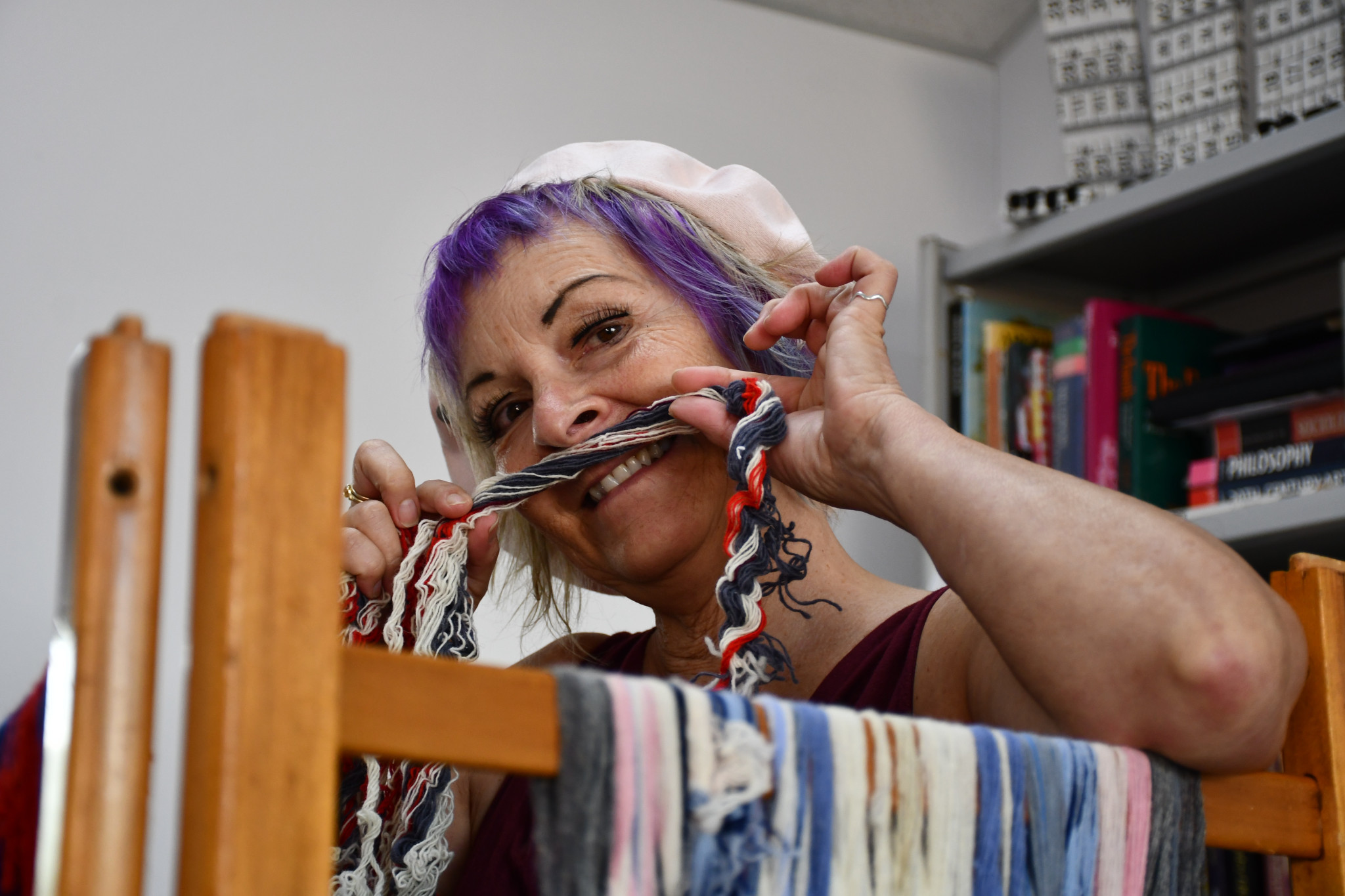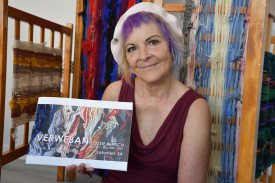General News
4 April, 2025
Locals newest exhibition
Closure of industry isn’t unfamiliar to country towns but it’s remembered in local artist Flossie Peitsch’s upcoming exhibition.

Perhaps a recognisable story to Maryborough locals, South Australian town Lobethal’s own Onkaparinga Woollen Mills operated from 1869 to 1992 before they were shut down.
Dr Peitsch lived in the town at the time and catalogued the skilled mill workers in ink as the sun set on the historic local industry.
“The pen and wash [artworks are] the memory of it. I was just a little fly on the wall,” she said.
The reflective and celebratory exhibition brings the town’s past to the present. Set in Lobethal between April 11 and May 25 it brings the pen and wash works together with 54 tapestries made from the very fibres produced by the mill.
“It was the only industry. When it left the town had to reinvent itself,” Dr Peitsch said.
“As long as anybody could remember there always had been the mill and work at the mill. You left high school you could get a job at the mill. Especially because your father, grandfather, or mother were still working there.”
For Dr Peitsch the relationship between the skilled worker and their tools was “everything”. Some of them remain in her own studio all these years on.
“The more you talked to any of them the more you realised that this was generational. Some of them were second, third, fourth generation workers in the mill and so that position, the techniques, and so on were handed down,” she said.
This exhibition, bringing the works together for the first time, fulfills a decades old thought that the pen and wash works weren’t enough.
“The thing that really struck me was the smell of the wool. While I was doing these paintings I had this very strong feeling this was not enough. This did not capture the essence of it. I had to get into working with the material itself. It’s this very natural [wet dog] smell,” she said.
Capturing all the senses Dr Peitsch hopes audiences engage with the work in the way that works for them, even if its just liking it.
“I don’t have to know more than that. They’ve been receptive to the point of taking complete abstracts from another experience, somebody else’s life, and instead of going ‘yeah, it means nothing to me’ they’ve gone ‘well you’ve got me in, I have my ears and eyes open’,” she said.
“What more could you expect, I mean, how rewarding is that.”
Alongside the exhibition is a booklet made possible by an almost $3,000 grant from Regional Arts Victoria. Beyond the money though, for Dr Peitsch, is the benefit of the catalogue having an ISBN. It will be preserved in the National Library of Australia.
“It’s not just for the audience of today,” she said.
